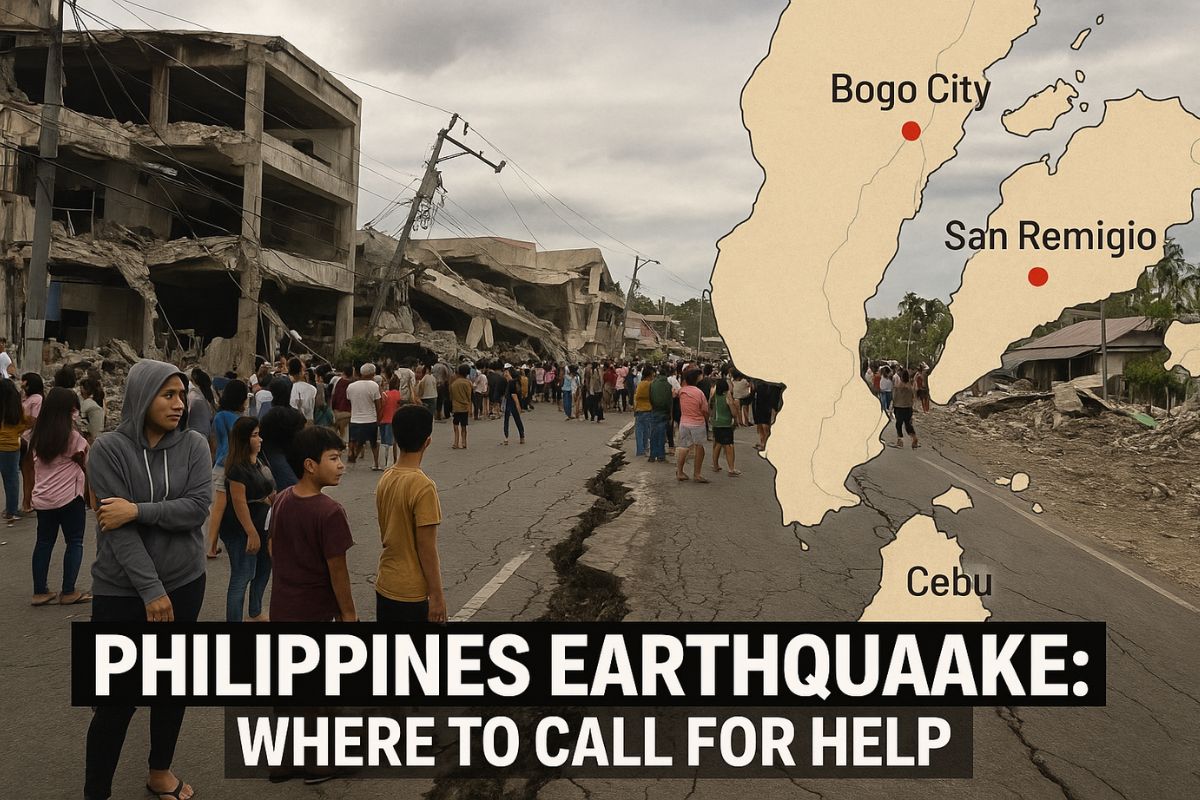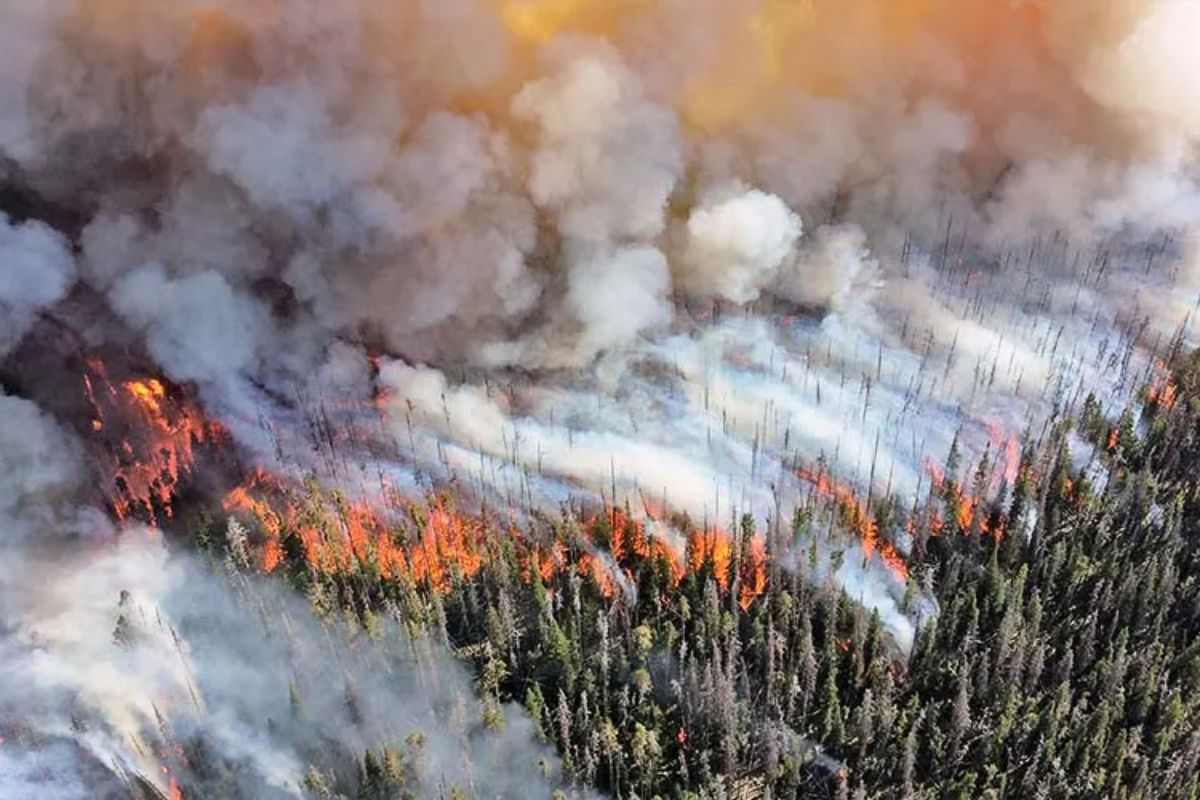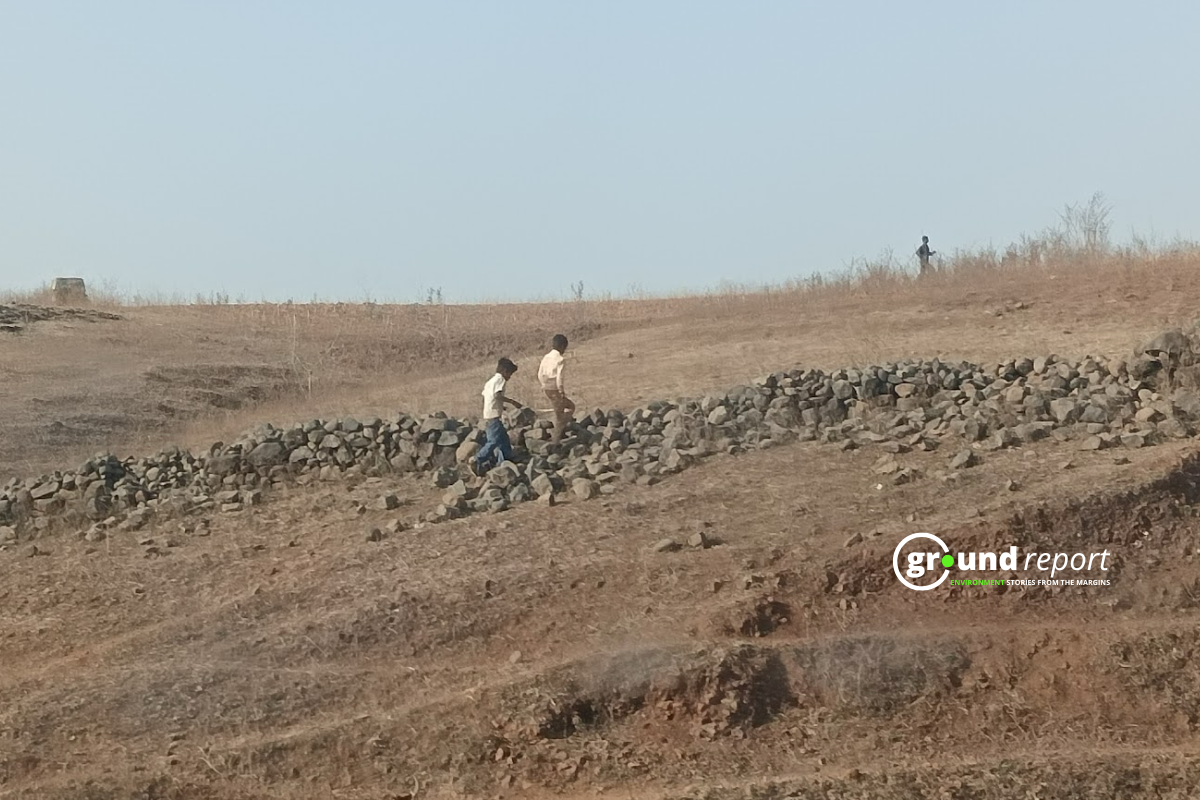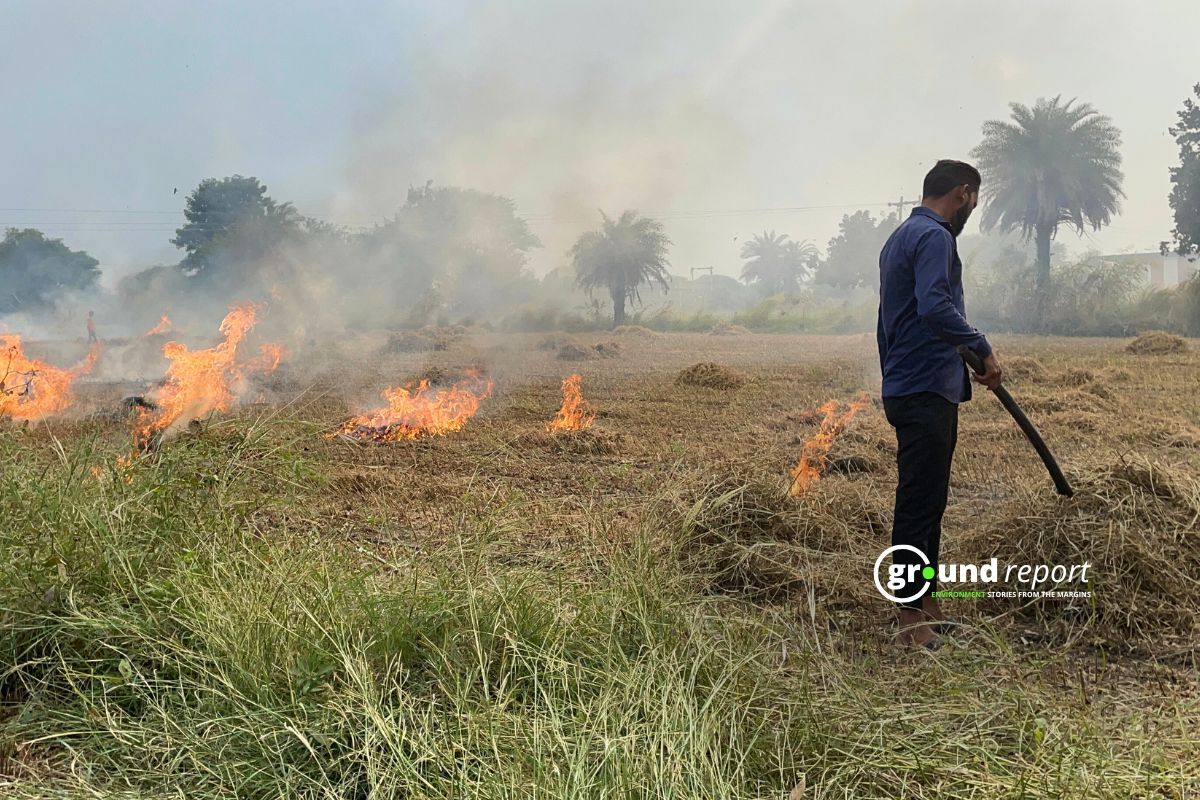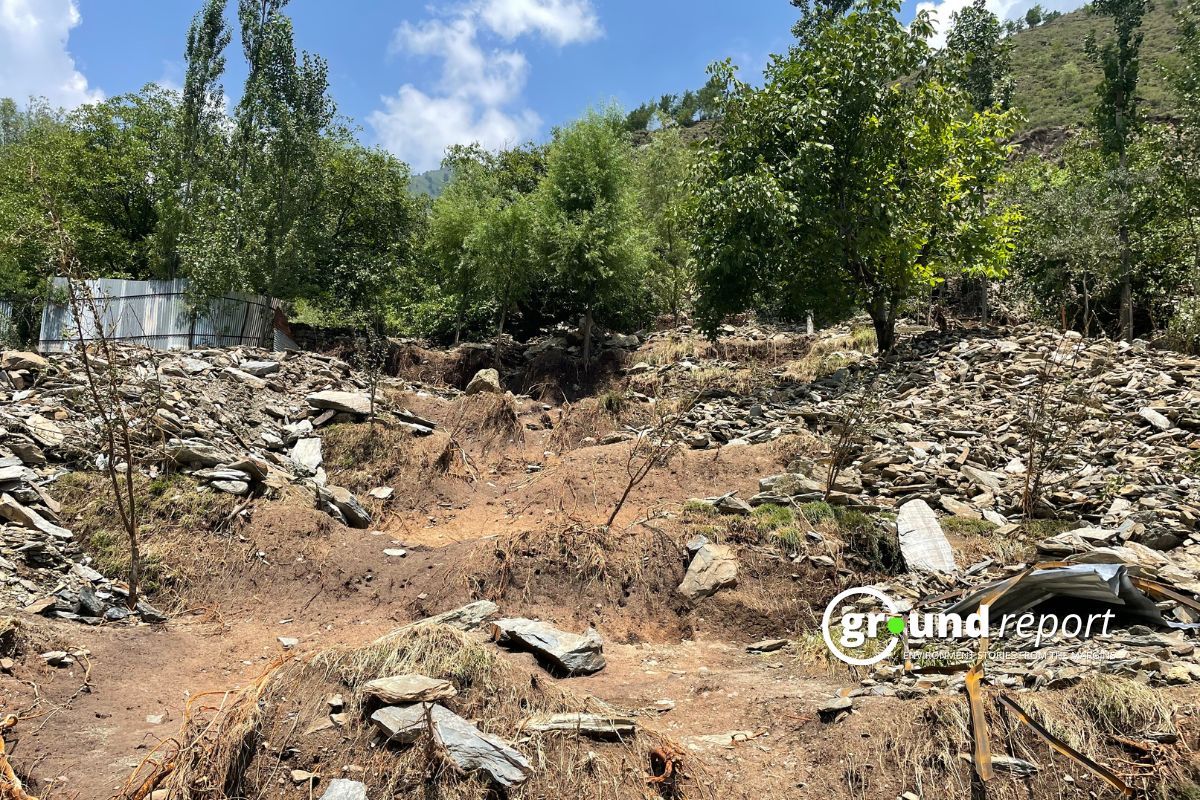The United States has faced significant criticism for its delayed response to the devastating earthquake in Myanmar. While several nations, including China, India, and Russia, have quickly mobilized resources and rescue teams, the U.S. has been slower in offering substantial help. Several factors contribute to this lack of immediate action.
One of the primary reasons for the U.S.’s slow response is the significant cuts to foreign aid programs. Under the previous administration, the Trump administration reduced funding for international humanitarian efforts, including disaster relief. These cuts have left the U.S. less prepared to react quickly to global emergencies, with agencies like USAID struggling to maintain their capacity.
US delays aid to Myanmar earthquake
The U.S. also faces political challenges in Myanmar. The military government, which took power in a 2021 coup, has created a strained relationship with the U.S. The political tension may discourage the U.S. from offering direct assistance, despite the clear humanitarian need.
At the same time, the U.S. has been focused on domestic concerns, such as economic recovery and addressing internal political issues. This has limited its ability to focus on international aid. Critics argue that this has caused the U.S. to miss an opportunity to demonstrate leadership during a major disaster.
China has quickly stepped in, sending 118 rescuers, including six rescue dogs, to Mandalay, Myanmar’s second-largest city, which was near the earthquake’s epicentre. In addition to the rescue teams, China has committed $14 million in aid, including tents, blankets, and first aid kits.
A video from China’s state-run news agency showed two Chinese rescuers pulling a 5-year-old girl from a collapsed apartment building early Monday. The girl was carried out in the claw of an excavator, while a pregnant woman was rescued in the same operation and carried out on a gurney.
While China and other countries have mobilised significant resources, the U.S. response has been much slower. Although the U.S. Embassy in Myanmar has pledged $2 million in aid through local humanitarian groups, a team of disaster experts from the U.S. has yet to reach Myanmar. Critics of President Donald Trump’s cuts to foreign aid have expressed concern that the U.S. is missing an opportunity to assist during a major global disaster.
USAID, which has traditionally been at the forefront of disaster relief, has seen significant cuts, including widespread layoffs of staff. Many workers in the agency’s disaster response divisions were recently notified of their dismissal, hindering the U.S.’s ability to respond promptly.
Myanmar’s conflict hinders earthquake aid
The international response to the earthquake is complicated by Myanmar’s ongoing civil conflict, which is severely hampering the delivery of aid. The country’s military government, which took power after a 2021 coup, tightly controls access and has continued bombing rebel forces, even as the earthquake’s aftermath worsens.
The United Nations and other humanitarian organizations have warned that the conflict, along with damaged roads and collapsed bridges, is making it difficult for rescue teams to reach affected areas.
This disaster highlights the shift in global leadership on humanitarian aid. While countries like China and India have been quick to respond, the U.S.’s delayed action raises concerns. What does this mean for the future of U.S. involvement in global disaster relief, and how will the world perceive this change in foreign policy?
Support us to keep independent environmental journalism alive in India.
More Video Reports
Mahseer saviors struggle as conservation funds dry up
Rising temperatures increasing hardships of chilli sorters in Khargone
Sexed Semen: Madhya Pradesh determining calf’s gender
Fertilizer shortage disrupts rabi sowing for Madhya Pradesh farmers
Follow Ground Report on X, Instagram and Facebook for environmental and underreported stories from the margins. Give us feedback on our email id greport2018@gmail.com.
Don’t forget to Subscribe to our weekly newsletter, Join our community on WhatsApp, and Follow our YouTube Channel for video stories

